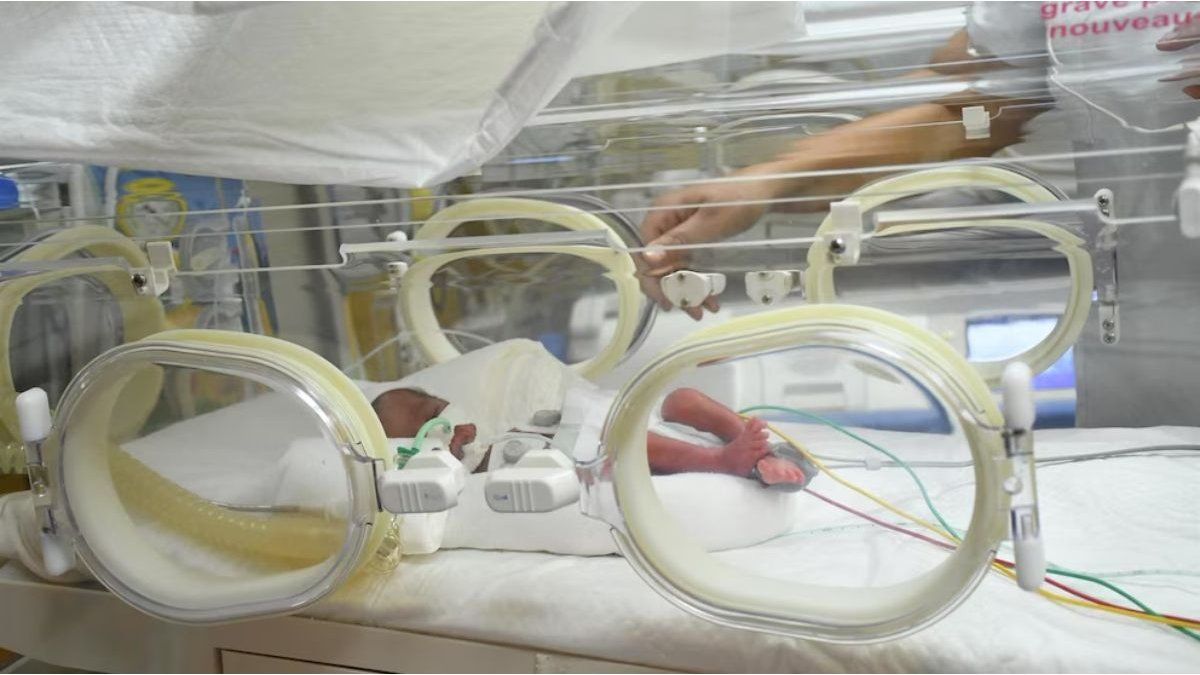The US aviation authority FAA is taking action after the near-miss with a Boeing 737-9 Max. It is tightening the inspections at the aircraft manufacturer and is even considering bringing in external inspectors.
The recent incident involving a part of the fuselage breaking off in flight is having increasingly serious consequences for Boeing. The US Federal Aviation Administration (FAA) is tightening its supervision of the aircraft manufacturer and has initiated an investigation.
The FAA will review the production of the affected 737-9 Max, including its suppliers. The authority announced on Friday that possible safety risks in the division of work will also be investigated. The FAA also wants to examine whether independent external inspectors should be hired.
Over the weekend, the FAA ordered Boeing 737-9 Max aircraft to be grounded and inspected. In the model variant, the component closes a door opening that is not required. On an Alaska Airlines flight on Friday last week, the part suddenly tore off shortly after takeoff while climbing. The machine had only recently been delivered.
Loose fasteners
During subsequent inspections, Alaska and United Airlines also found loose fasteners in other aircraft of the type. The industry website “The Air Current” reported that United alone had encountered such problems on around 15 aircraft.
The fuselage of the models is largely assembled by Boeing supplier Spirit Aerosystems and then goes to the Boeing factory, where, among other things, the wings are assembled. Boeing boss Dave Calhoun said in a TV interview that the company would “not point the finger” because it had ultimately let a mistake get away with it.
“The Air Current” wrote that Boeing employees tightened the fastening of the identical door cover on the opposite side of the affected Alaska plane after delivery from Spirit.
US aviation authority is investigating Boeing
The FAA had already informed Boeing about an investigation that had been initiated on Thursday. The circumstances indicated that the aircraft manufacturer may have neglected its duties in production, inspections and testing, it said in a letter to the aircraft manufacturer.
The FAA gave Boeing ten business days to explain the situation to the investigation. The FAA expects, among other things, information on the causes of the incident and the measures taken. The incident should not have happened and should not happen again, the authority emphasized.
After the FAA letter, Boeing reiterated that it would work transparently with the aviation authority and the accident investigation agency NTSB. CEO Dave Calhoun had repeatedly promised full clarification. “We will approach this first and foremost by admitting our mistake,” he told employees on Tuesday.
A hole in the hull
In the incident, around 170 passengers escaped with horror, even though there was a hole in the fuselage. At the same time, experts pointed out that, by a lucky coincidence, the two seats directly next to the part of the fuselage that had broken out remained empty.
Boeing has interrupted deliveries of 737 Max models twice in recent months – first because of quality defects in the rear fuselage section, then because of faulty drill holes in the pressure bulkhead that closes off the rear of the aircraft cabin. Spirit Aerosystems was responsible for each. The company used to belong to Boeing itself.
Meanwhile, Boeing once again lagged far behind its European rival Airbus last year. Despite strained supply chains, Airbus handed over 735 commercial aircraft to its customers, the company announced. That was over 200 more than Boeing and 15 more than Airbus boss Guillaume Faury had targeted.
Thanks to the recovery of air traffic from the Corona crisis, the DAX group also received orders for more than 2,000 jets – thereby setting an industry record. The order backlog also reached a record high of almost 8,600 aircraft.
Letter from the FAA
Source: Stern




